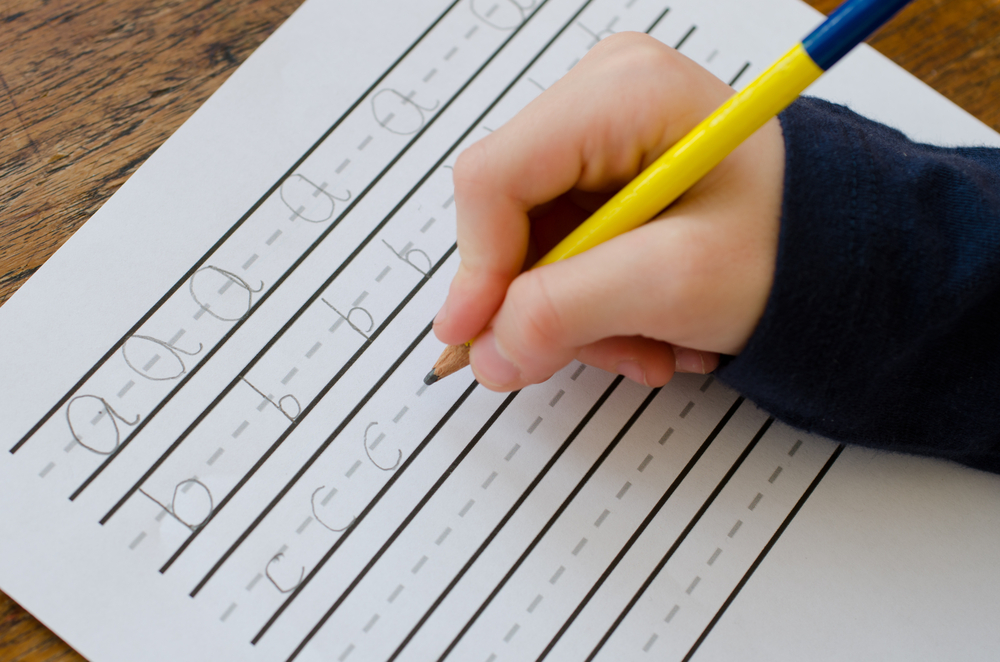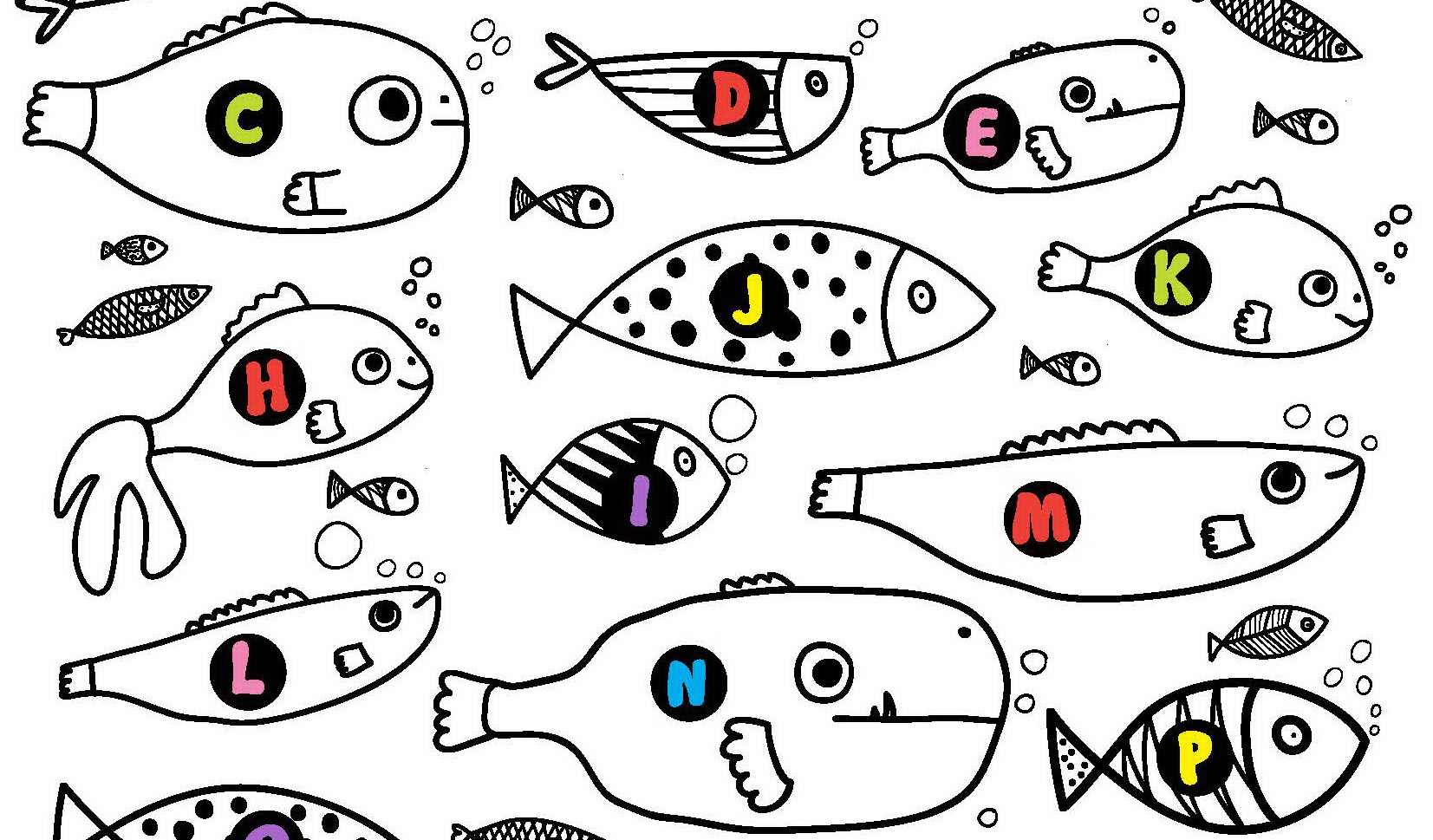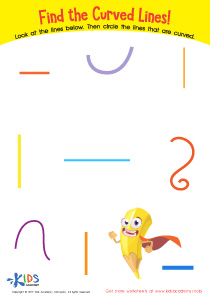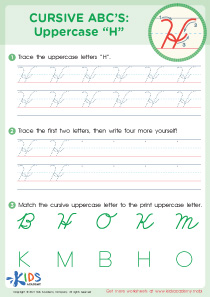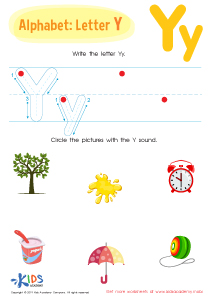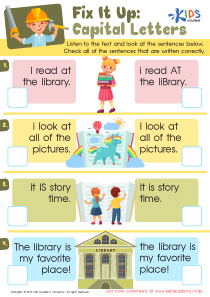Fine motor skills development Tracing Letters Worksheets for Ages 3-8
3 filtered results
-
From - To
Introduce your child to the fundamental skill of letter tracing with our "Fine Motor Skills Development Tracing Letters Worksheets." Tailored for ages 3-8, these worksheets effectively support the improvement of fine motor skills essential for handwriting. Each sheet provides clear, guided practice designed to enhance precision, hand-eye coordination, and dexterity in young learners. Ideal for home or classroom use, our tracing letters worksheets are a fun and educational way to help your child gain confidence and readiness for future writing tasks. Encourage motor skill development with engaging and universally accessible resources from Kids Academy.
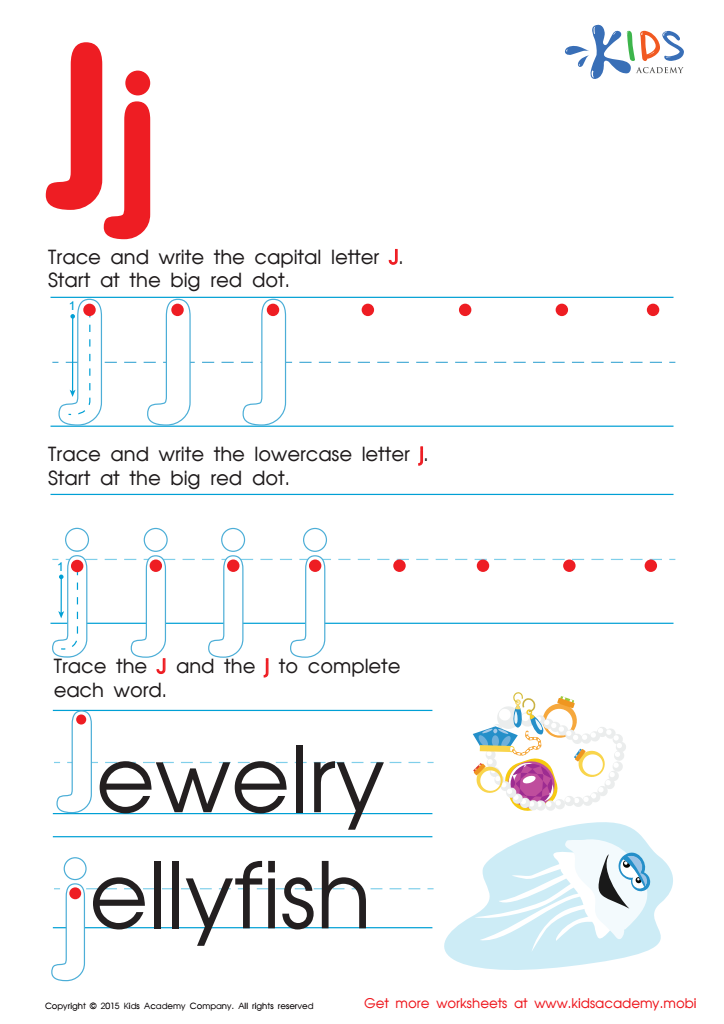

Letter J Tracing Page
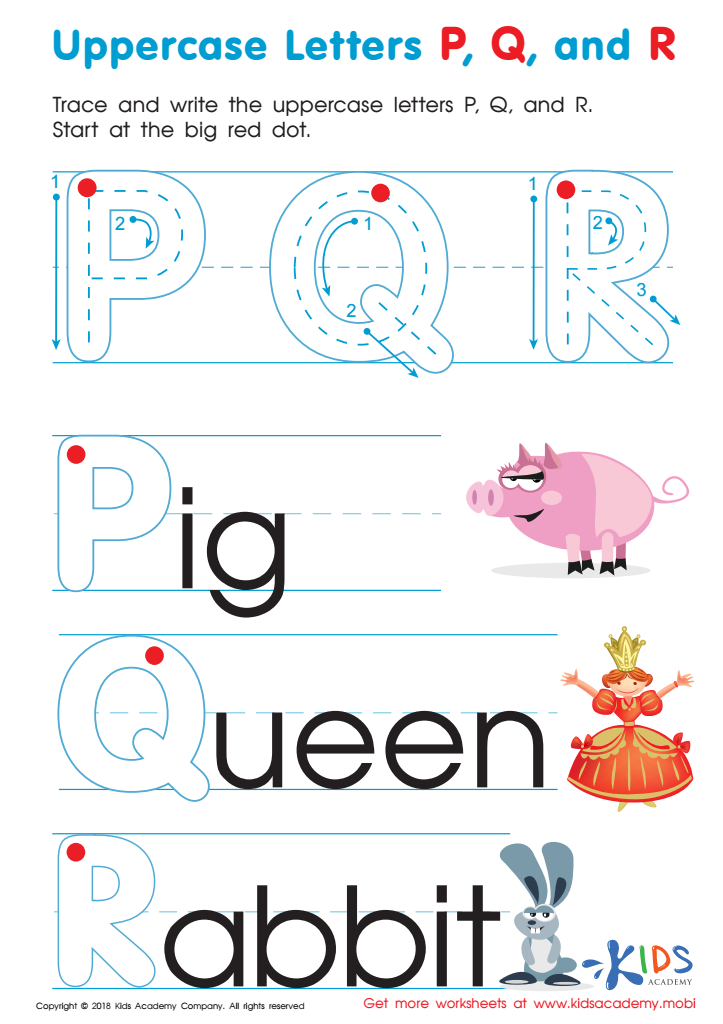

Uppercase Letters P, Q, and R Worksheet


Letter L and P Tracing Worksheet
Fine motor skills are crucial for young children's development, and tracing letters is an excellent activity to enhance these skills in ages 3-8. Fine motor skills involve the coordination of small muscles in the hands and fingers, enabling children to perform essential tasks such as writing, cutting, and buttoning clothes. Tracing letters specifically targets these muscle groups, promoting dexterity and hand-eye coordination.
Developing fine motor skills through tracing also lays the groundwork for successful handwriting. It helps children learn proper pencil grip, control, and pressure, making the transition to freehand writing smoother and more efficient. Early proficiency in handwriting can boost a child's confidence and enthusiasm for learning, positively impacting their academic performance across subjects.
Additionally, tracing letters fosters essential cognitive skills. It reinforces the recognition of letter shapes and encourages the association between written and spoken language, fundamental elements of literacy. Furthermore, engaging in tracing activities can improve concentration and patience, as children must focus carefully on the task at hand.
In summary, parents and teachers should care about fine motor skills development through tracing letters as it supports physical, cognitive, and academic growth. By offering children the opportunity to practice and refine these skills, adults are setting them up for greater success in school and life.
 Assign to My Students
Assign to My Students




